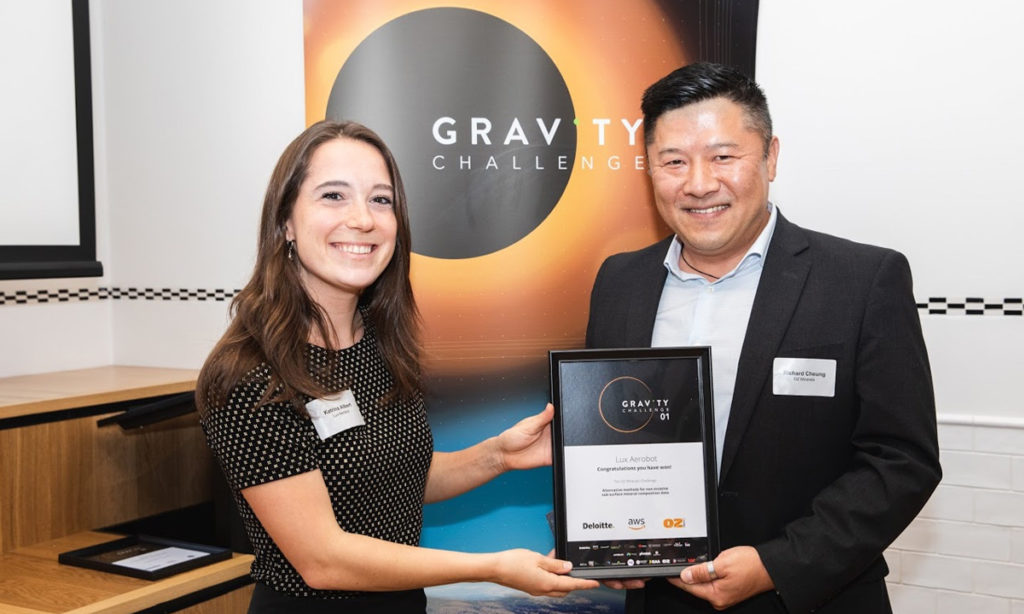A Canadian space robotics company that relocated to South Australia this year has completed the first trial of its autonomous atmospheric satellites ahead of its first commercial launch in 2020.
Lux Aerobot is planning a fleet of atmospheric satellites 30km above Australia to capture data for mining, precision agriculture and defence.
It already has an agreement with mining company Oz Minerals to use hyperspectral technology to scope out exploration sites in remote areas and is also in talks with two other major Australian miners.
This month’s trial launch took place 50km southeast of Adelaide in conjunction with Adelaide-based satellite developer ResearchSat.
The atmospheric balloon reached a height of 30km and was able to capture high-resolution images before returning safely to Earth this month.

Further launches with sensing equipment payloads up to 10kg are planned for early next year with the first commercial Oz Mineral launch planned for mid-year.
“Firstly we wanted to demonstrate we could launch the balloon, recover it, track it and then acquire images from 20km-30km,” Lux Aerobot co-founder Katrina Albert said.
“Our first market is mining so we’re working more towards exploration and operation monitoring with different types of remote sensing to help derive information and reduce drilling, which is very costly and harmful to the environment.
“There’s almost no other technology that operates in that part of the atmosphere but it’s close enough to Earth to be good for very high-resolution imagery and high frequency applications such as coastal monitoring and border security.”
Hyperspectral imaging can be used to identify plant health in agriculture and classify different rock types for early stage mineral exploration. High resolution images can also be used to monitor operational mine sites and identify potential problems such as cracking.
“All the mining exploration sites that were easy to find have been found on Earth so now we’re looking to find sites in more remote areas where there’s less infrastructure,” Albert said.
“A solution like our balloons can fly over these difficult areas and gather information at lower cost.
“There’s not a lot of companies using high altitude balloons yet and a lot of the value can be derived from being able to stay over the same point of interest for a month at a time because when you do so you can guarantee capabilities over a specific area, which means you can sell to a specific customer.”
Lux’s move into the mining industry received a boost last month through national technology innovation program GRAVITY Challenge where it won two competitions.
It took out the Oz Minerals Challenge to find new techniques to perform mineral exploration and analysis and the Airservices Australia Challenge to better understand the impact weather patterns have on high demand air space.
